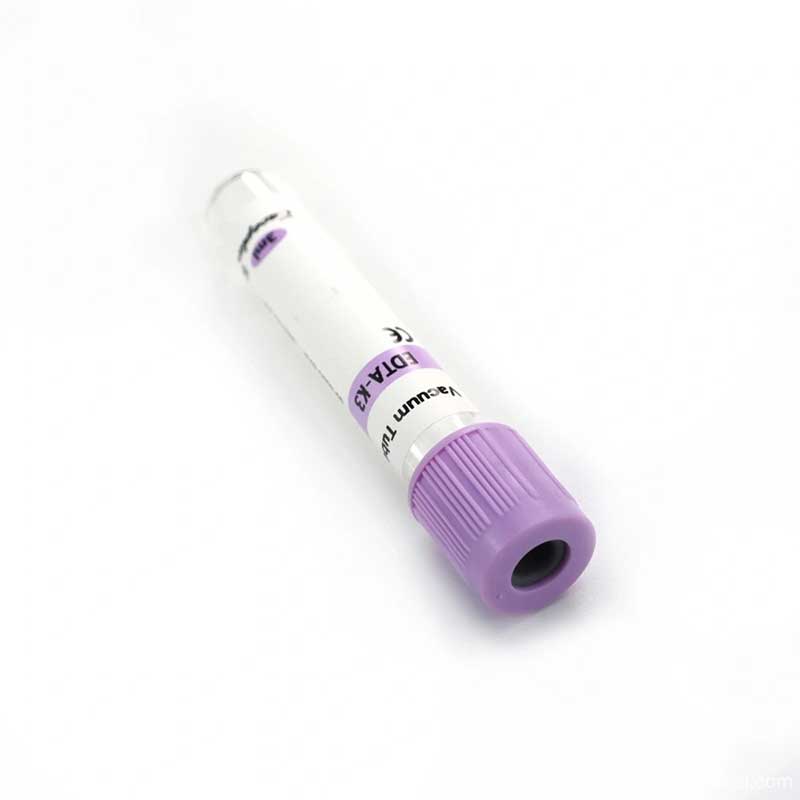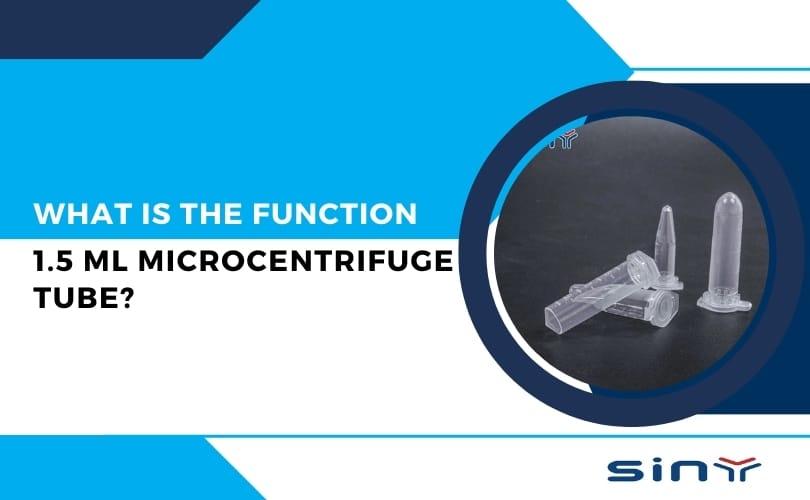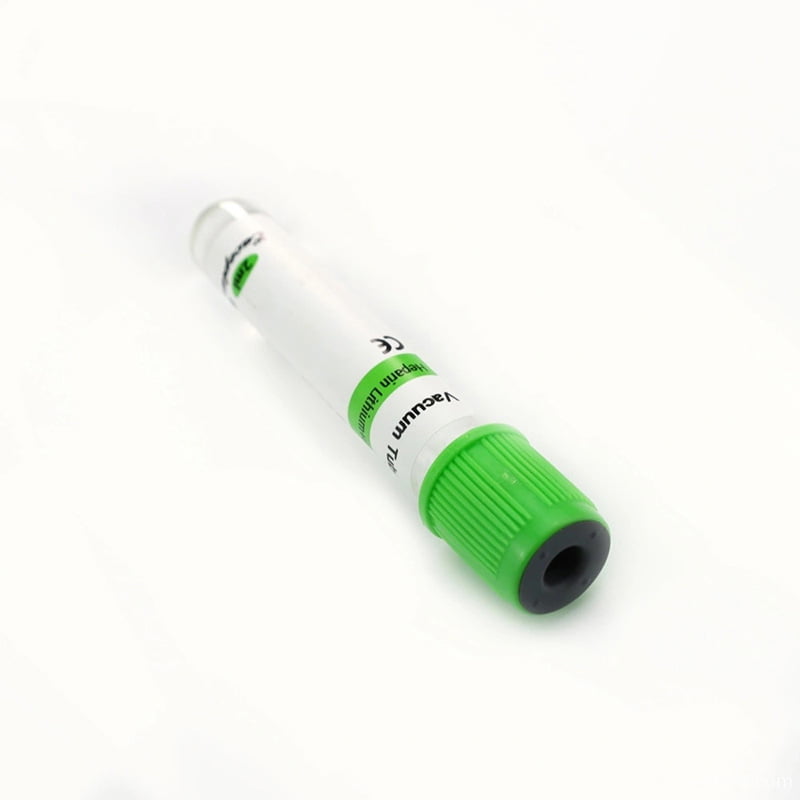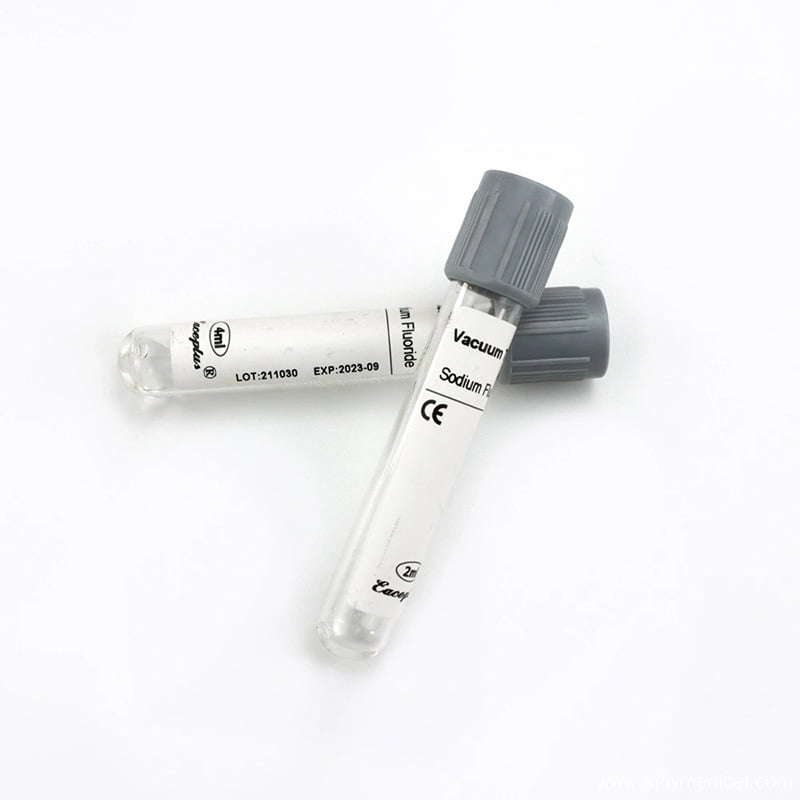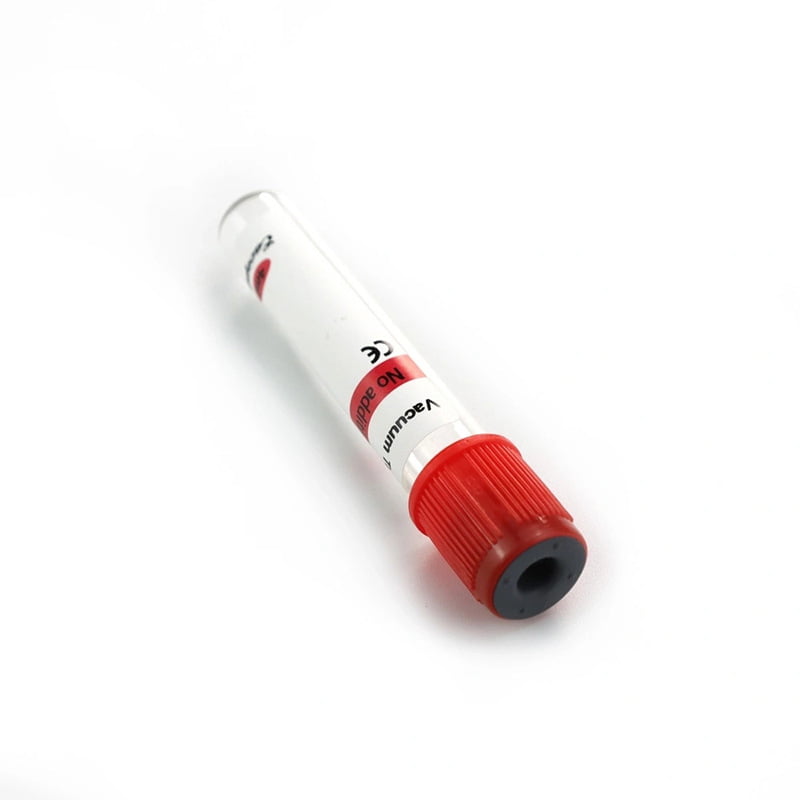The winged infusion set, a butterfly needle, is a standard tool for venipuncture and intravenous therapy in medical settings. Its unique design, characterized by two flexible wings on either side of the needle, allows for greater control and precision during insertion. This guide provides a comprehensive overview of using a winged infusion set butterfly needle safely and effectively, from preparation to aftercare.
Table of Contents
What is a Winged Infusion Set?
A winged infusion set, also known as a butterfly needle due to its wing-like appendages, is used for drawing blood or administering intravenous medications. The design includes a short, straight needle attached to flexible wings, a length of tubing, and a connector that connects to a syringe or IV line. The flexibility and control offered by the wings make it ideal for accessing smaller veins, particularly in pediatric or geriatric patients.
Types of Butterfly Needles
What is a butterfly needle?
The butterfly needle ranges in size from 18 to 23 and has a thinner gauge. A higher gauge number indicates a thinner diameter, making butterfly needles one of the thinnest needles used by sinymedical.

Butterfly needles come in various gauges, indicating the needle’s diameter. Standard gauges include 18G, 19G, 20G, 21G, 22G, and 23G, with smaller numbers representing larger needles. The choice of gauge depends on the patient’s vein size and the type of procedure being performed.
| Material | Stainless steel |
| Shelf Life | 3 years |
| Needle Gauge | 18G, 19G, 20G, 21G, 22G, and 23G |
| Color | Pink/Orange/Yellow/Green/Black/Blue |
| Custom | Contact Us |
| Needle length | 3/4” |
- Hypodermic needle
- There are usually two flexible bilateral wings, but in Chinese hospitals, a single wing is widely used as well.
- Transparent small-bore flexible tubing (20–35 cm)
- Connector with Luer lock/slip
- Cap made of plastic
Use a Butterfly Needle?
Butterfly needles are favored for their ease of use and precision, especially in delicate situations. Here’s why they’re often chosen:
- Better Control: The wings provide stability, allowing for more precise needle placement.
- Reduced Pain: The thin needle and flexibility minimize discomfort, making it ideal for pediatric, elderly, or needle-phobic patients.
- Versatility: Useful for drawing blood, administering medications, or starting IV lines in small or difficult-to-reach veins.
Step-by-Step Guide to Using a Butterfly Needle
Using a butterfly needle correctly involves several steps to ensure safety and effectiveness. Here’s a detailed breakdown:
1. Preparation
- Gather Supplies: You’ll need a butterfly needle, alcohol swabs, gloves, a tourniquet, gauze, adhesive bandage, and a collection tube or IV setup.
- Wash Hands: Clean hands thoroughly with soap and water, then put on sterile gloves.
- Select the Site: Identify a suitable vein. The back of the hand or the inner arm near the elbow is typically used.
- Apply the Tourniquet: Place the tourniquet above the selected site to engorge the veins, making them more prominent.
2. Cleaning the Site
- Disinfect the Area: Use an alcohol swab to clean the puncture site. Allow the area to air dry completely to prevent alcohol-induced discomfort during needle insertion.
3. Inserting the Needle
- Position the Needle: Hold the butterfly needle blood by its wings, bevel side up. The wings should be pinched together to control the needle’s position.
- Insert at a Shallow Angle: Insert the needle into the vein at a 10-15 degree angle, ensuring the bevel is facing upward. A flash of blood in the tubing indicates successful vein entry.
- Stabilize the Needle: Once the needle is in the vein, release the wings and tape them down securely to prevent movement.
4. Collecting Blood or Administering Medication
- Attach to Collection Device: Connect the other end of the tubing to the collection tube, syringe, or IV setup.
- Perform the Procedure: Draw blood or administer medication slowly to avoid vein collapse or discomfort.
5. Removing the Needle
- Release the Tourniquet: The tourniquet once the procedure is nearly complete.
- Withdraw the Needle: Carefully remove the needle from the vein, holding the wings to maintain control.
- Apply Pressure: Immediately press a piece of gauze over the puncture site to prevent bleeding.
- Dispose of the Needle: Place the used needle in a designated sharps container to avoid accidental injury.
6. Post-Procedure Care
- Bandage the Site: Once bleeding has stopped, apply an adhesive bandage over the puncture site.
- Monitor for Complications: Observe the patient for any signs of bruising, swelling, or adverse reactions.
Tips for Using a Butterfly Needle Safely
- Use Proper Technique: Always insert the needle at the correct angle and use gentle pressure.
- Stay Calm and Confident: Maintaining a steady hand and calm demeanor helps keep the patient at ease.
- Double-Check Connections: Ensure all connections are secure before starting the procedure to avoid leaks or dislodgement.
- Dispose Properly: Always dispose of the butterfly needle in a sharps container immediately after use to prevent needlestick injuries.
Features and Benefits of a Winged Infusion Set
Winged infusion sets, commonly known as butterfly needles, are an essential healthcare tool widely used for intravenous (IV) therapy and blood draws. Their unique design and features offer several advantages, enhancing the efficiency of medical procedures and patient comfort.
Designed for Long-Term Infusion
Winged infusion sets are ideal for patients requiring long-term infusion therapy. Their design facilitates repeated access to veins wthout causing significant trauma, making them perfect for patients undergoing chemotherapy, dialysis, or regular blood sampling. The secure and stable placement reduces the need for multiple blood collections needle insertions, minimizing discomfort and potential complications over time.
Flexible Elastic Extension Tubing
One of the standout features of a winged infusion set is the flexible elastic extension tubing. This tubing allows for safe injection and infusion away from the actual venous puncture site, reducing the risk of needle displacement or accidental movement during the procedure. The added flexibility also enhances patient comfort, particularly when accessing veins under challenging locations or when the patient needs to move slightly during the procedure.
Rapid Venous Infusion with Greater Comfort
The butterfly needle provides rapid venous infusion while maximizing patient comfort. This set quickly administers fluids or medications directly into the vein, making it crucial in emergencies or when a fast intervention is needed. The design minimizes trauma to the vein, reducing pain and potential complications, making it suitable for pediatric and geriatric patients with fragile veins.
Butterfly-Shaped Wings for Improved Handling and Stability
The butterfly-shaped wings on either side of the needle are designed for easy handling and secure attachment to the skin. These wings provide a stable grip, allowing healthcare providers to maintain precise control during insertion and adjustment. When the needle is inserted, the wings can be taped down to the skin, reducing the risk of needle movement or dislodgement. This stability is especially beneficial during procedures requiring multiple blood draws or extended infusions.
Versatility in Various Medical Settings
Winged infusion sets are versatile tools used in various medical settings, including hospitals, clinics, and outpatient centres. They suit multiple procedures, from routine blood draws to more complex IV infusions.
Design for Ease of Use
The ergonomic design of the winged infusion set ensures ease of use for healthcare professionals. The wings provide a comfortable grip, reducing hand fatigue during lengthy procedures, while the tubing’s flexibility allows for easy positioning.
Cost-effective and Disposable
Winged infusion butterfly needle are generally cost-effective and designed for single-use, which helps minimize cross-contamination risks. The disposable nature of these needles ensures the use of a sterile, new needle for each procedure, which enhances patient safety and reduces the risk of infections.
Conclusion
The winged infusion set, or butterfly needle, offers numerous features and benefits that make it an invaluable tool in modern healthcare. Its design caters to patient comfort and procedural efficiency, allowing precise, atraumatic venous access. Whether for short-term blood draws or long-term IV infusions, the butterfly needle provides a reliable and versatile solution, improving outcomes for patients and healthcare providers.
FAQs
How Do You Hold a Butterfly Needle Properly?
Holding a butterfly blood collections needle correctly is essential for precise and safe venipuncture. Grip the needle by its flexible wings with your thumb and index finger. This close grip near the needle provides better control and stability, allowing for a more accurate insertion at a shallow angle (15 to 30 degrees). Ensuring the angle of the needle is facing upwards during insertion will facilitate smooth entry into the vein.
Can Butterfly Needles Be Used for All Patients?
They are particularly beneficial for pediatric, geriatric, and oncology patients who may require multiple venipunctures or have veins that are difficult to locate.
Are Winged Infusion Sets Reusable?
No, winged infusion sets or butterfly needles are designed for single use only. Reusing needles poses significant risks, including infection, cross-contamination, and damage to the patient’s veins. Immediately dispose of the needle in a designated sharps container after use to maintain safety and hygiene standards.
What Are the Most Common Sizes of Butterfly Needles?
Butterfly needles most commonly come in sizes ranging from 18 to 27 gauge, with 21 and 23 gauges being the ones healthcare providers use most often for adult patients. Larger needles, represented by smaller gauge numbers, are typically chosen for patients with more prominent veins or when a higher flow rate is necessary. In contrast, healthcare providers prefer higher gauge numbers (smaller needles) for pediatric patients or those with fragile veins to minimize the risk of vein damage and discomfort.

